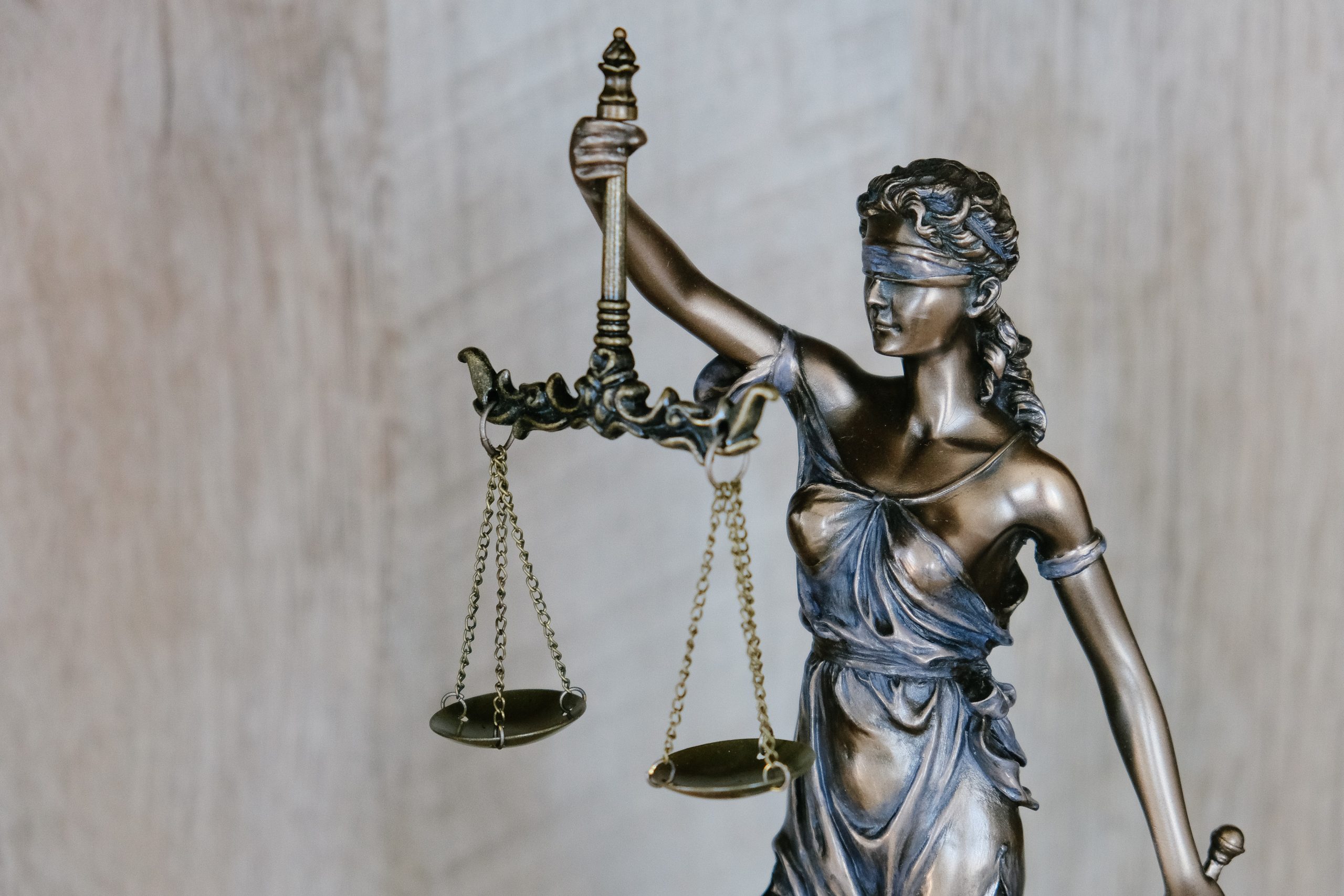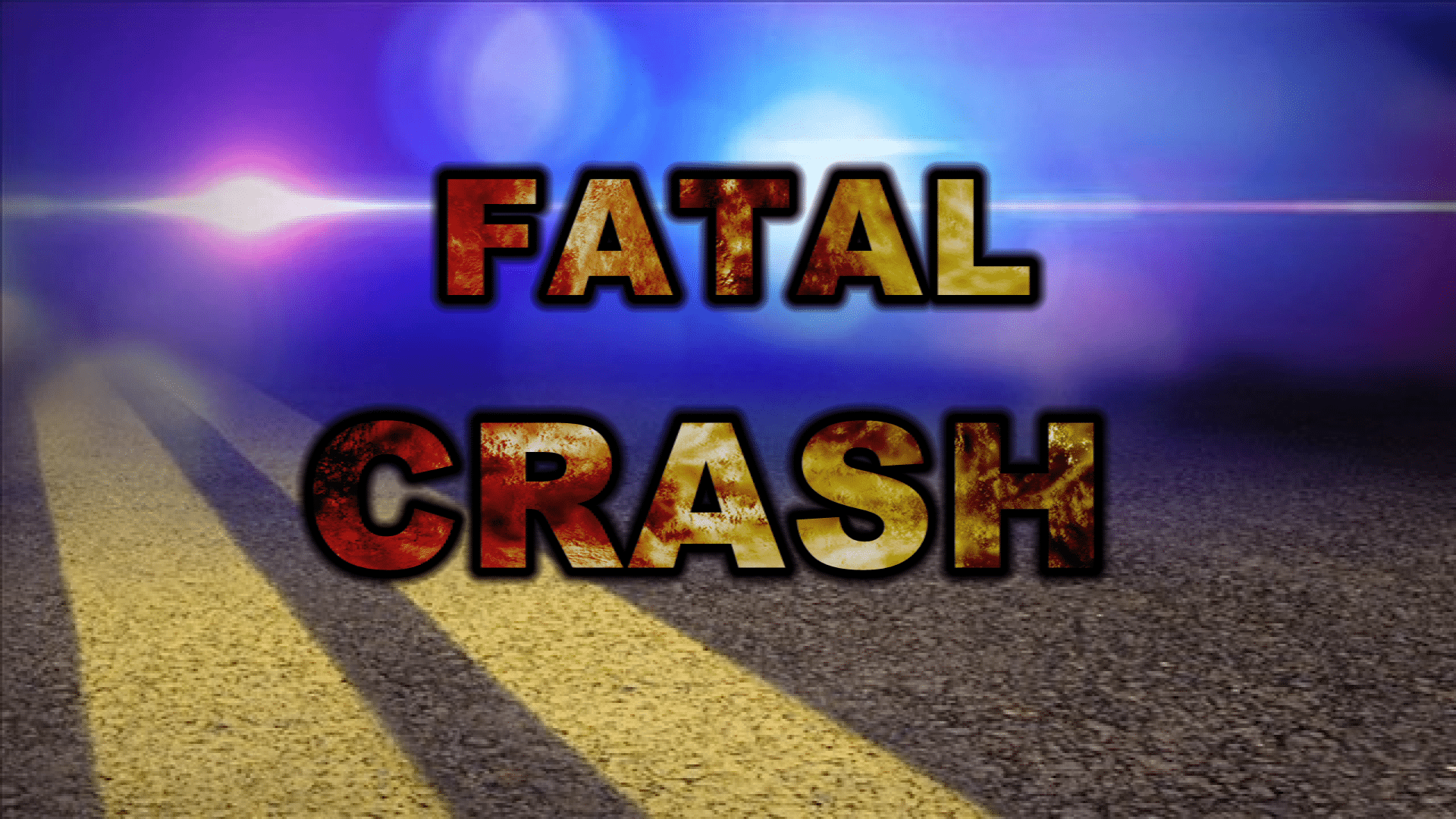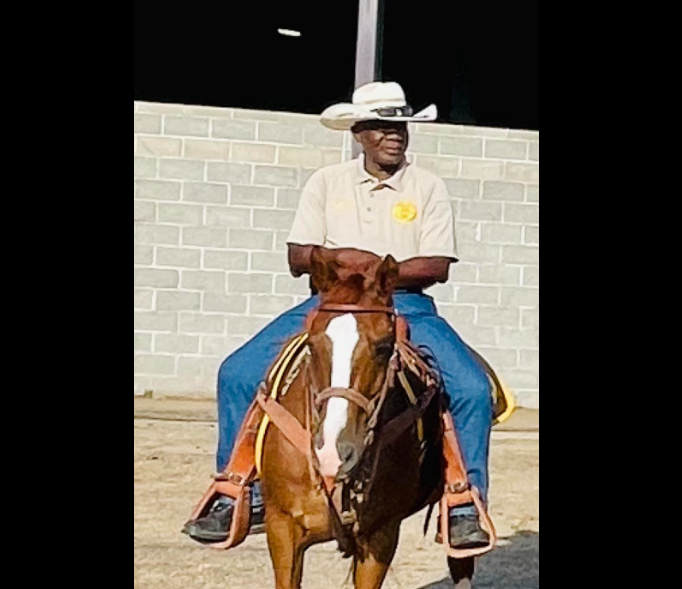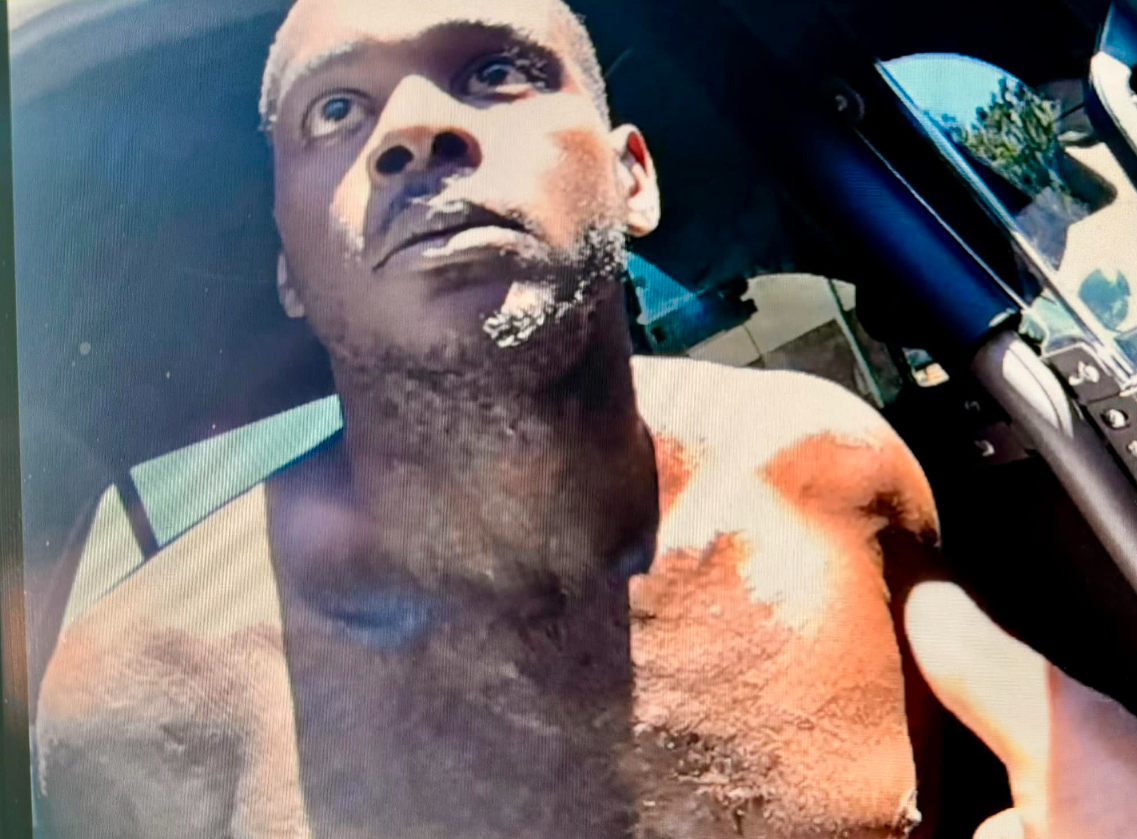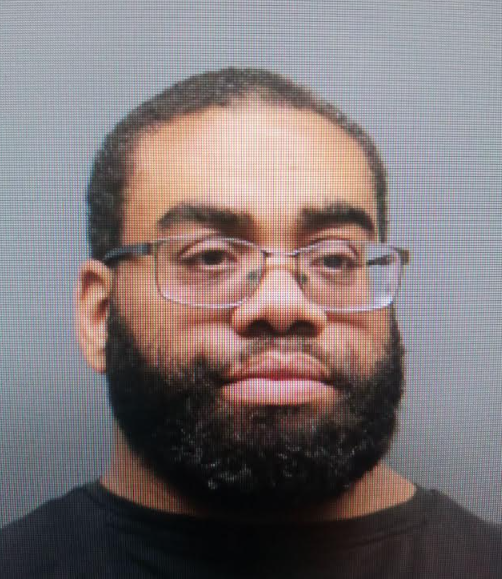An expert witness testified Friday that the anti-coagulant Plavix was, in his opinion, what caused George Robinson’s brain bleed after an encounter with police.
Dr. Timothy Usey, an acclaimed radiologist who lives in Madison and works in Columbus, talked about how Plavix not only thins the blood, but inhibits blood platelets, which means minimal to no trauma can cause excessive bleeding.
“One dose can inhibit every platelet in your body,” he said.
George Robinson died in January 2019 after an encounter with police. Two prosecution witnesses with differing testimonies stated that they saw JPD officers Anthony Fox, Lincoln Lampley, and Desmond Barney “slam, kick, and stomp” Robinson until he was so injured he died just a few days later. Lampley and Barney’s case was thrown out in Judge Faye Peterson’s courtroom, and in that trial, one of those prosecution witnesses identified Assistant District Attorney David Lindsey as Fox.
The case has also been cleared by the FBI and JPD’s internal affairs, as well as being the subject of an opinion written by Federal Judge Carlton Reeves which said all three officers should have been protected by qualified immunity. Reeves, in that opinion, said he doesn’t even like qualified immunity, but that it is part of the law and it applies in this case.
Robinson was found to have head trauma in his autopsy, which centered around what doctors have characterized as a minor abrasion on his forehead. The prosecution has held that excessive force was used, while police testimony has been that the officers actually had Robinson under each arm trying to keep him on his feet rather than “body slamming” him. That’s when the witnesses allege the further brutality.
Usey said he was contacted by the defense to testify. He explained that CT scans are taken quite often in medical situations today, including oftentimes right after a patient is brought in with a severe headache.
According to Johns Hopkins, where Usey went to medical school, a CT Scan is “a diagnostic imaging procedure that uses a combination of X-rays and computer technology to produce images of the inside of the body. It shows detailed images of any part of the body, including the bones, muscles, fat, organs and blood vessels.”
The prosecution showed autopsy photos that showed an area of bleeding behind the small abrasion left on Robinson’s forehead after the struggle, and it also showed a large, dark area of blood at the base of the skull that they surmised was also bleeding caused by police brutality.
There is only one picture of all the pictures taken in the process of Robinson’s medical treatment up to death — and autopsy work after death — that would show the actual inside of his head just after meeting the police accurately, Usey said, and it’s the CT Scan taken by the hospital when Robinson was brought in on the night of January 13.
Usey explained that in order to relieve the pressure on Robinson’s brain, they would have had to conduct a craniotomy, which means they had to drill a hole in Robinson’s skull to relieve the pressure. That would understandably cause a lot of bleeding and trauma which would show up in the post-mortem photos and reports.
It was also pointed out that Robinson was also elderly, had hypertension and diabetes, and was a smoker.
During the testimony of state medical examiner Dr. Mark LeVaughn, the proseuction had pointed out a large area of dark blood at the base of the skull that they indicated was as a result of Robinson’s head trauma at the hands of Fox, Lampley, and Barney. That, Usey explained, is exactly where the craniotomy would have taken place, and therefore his expert opinion is that that trauma, which does not show up in the pre-craniotomy scans, was inflicted by the craniotomy.
In addition, Usey testified that he looked at scans of Robinson’s body “from the top of his head to the top of his hip.” There was no further trauma, he said.
LeVaughn had previously testified to having found a fracture in one of the ribs, which the prosecution held up as proof that there had been a beating, however when the autopsy was started a year earlier by a different medical examiner, the initial pathologist did not see it. LeVaughn’s medical findings were based on an incomplete report from that pathologist as well as autopsy photos.
When asked if he found any trauma to the ribcage or anywhere else on the body, Usey said he had specifically looked at the ribcage since he knew there were allegations of kicking and stomping.
“We’ve got the pictures and there’s no fracture,” he said. “There would have been a visible break.”
When the prosecution challenged Usey’s assertive statements that there was no damage to the ribs by saying that LeVaughn had seen one, he replied, “Oh, the doctor who did his autopsy from someone else’s notes?”
ADA Kurt Guthrie said, “Well the one that’s been a forensic medical examiner for 35 years.”
Usey also told the court that there was no other trauma to the back or shoulders or anywhere else in the body that would have been indicative of a body slam or police use of excessive force.
Usey told the court that when he heard police accounts of what happened the night of George Robinson’s injury, it matched up perfectly with his findings in the CT scans. And, he said, the drug Plavix, coupled with aspirin, would put someone with Robinson’s other conditions at great risk. The slight inujury of scraping his head on the ground could have caused that bleed, he said.
When the prosecution asked Usey how much the defense was paying him to testify, he replied, “Nothing. I’m doing this pro-bono.”
Day 5 begins at the Hinds County Courthouse Monday.
If you missed any days of the trial, you can read about what happened here:
Day 1: Differing Accounts In Case Against Last Officer Accused In George Robinson’s Death
Day 2: Testmonies Continue In Case Against Last Officer Accused In George Robinson’s Death
Day 3: Medical Discussion In George Robinson Trial, Prosecution Rests
Day 4: Officer Desmond Barney Takes The Stand For Defense In George Robinson Trial
Day 5: Expert Disputes State ME’s Assessment of Head Trauma


